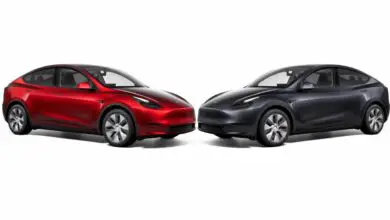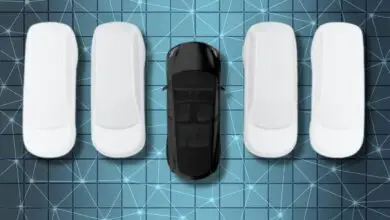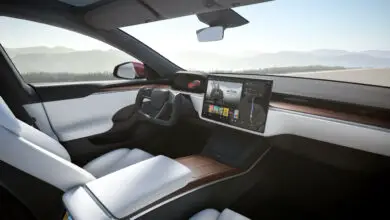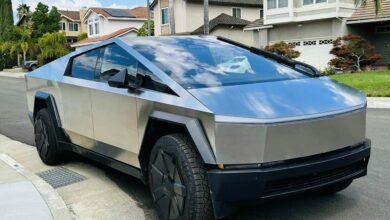Unlocking the Power of Regenerative Braking: How Tesla’s Unique System Rescued a Stranded Model 3
Discover the Intricate Mechanism Behind Tesla's Regenerative Braking System and How It Can Be a Lifesaver on the Road
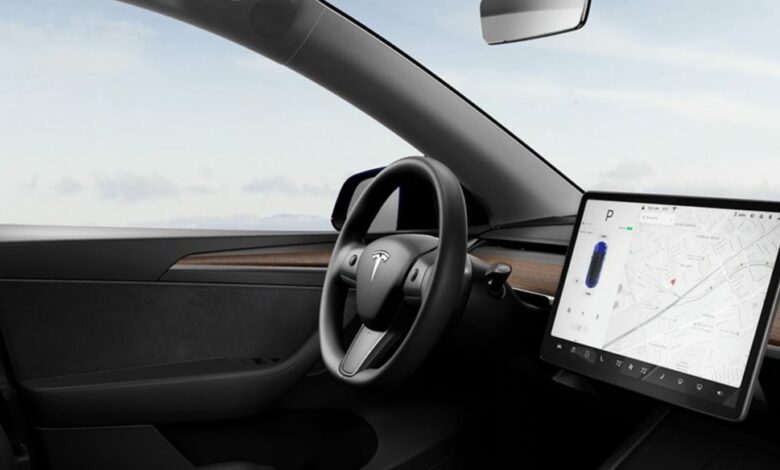
Tesla vehicles feature a unique capability that recently saved a Model 3 from being stranded on the road after depleting all of its range, and it did not have to visit a Supercharger.
One of the more useful features of Tesla vehicles is its regenerative braking. In some vehicles, this feature uses the energy produced by slowing the car down to combat some of the range loss that is caused by everyday driving. The vehicle simply stores that energy and retransmits it back to the battery pack, which can help drivers accumulate several additional miles of driving distance, all by using the brake pedal.
In Tesla vehicles, it works slightly differently. The brake pedal does not need to be applied as the regenerative braking system is always on, and as soon as the accelerator is not pressed, it begins saving that energy and using it for future driving.
Teslas are not the only vehicles to use it, and they are far from the first cars to equip it. However, their use of a regenerative braking feature comes in handy more often than hybrid vehicles, as it can keep a trip going, potentially saving the driver from needing roadside assistance.
While the most recent instance did not result in the owner not needing roadside assistance, the regenerative braking feature helped to accumulate some of the car’s range without it needing a visit to the Supercharger, and it accumulated enough range to get home in just a few miles.
It is important to note that this is technically a loophole in the regenerative braking system.
In the past, other owners have used this as a trick to gain a bit of range to avoid being stranded on the side of the road. However, it is not a recommended practice by any means, especially by Tesla’s standards.
